Electrical Processing
Electrical Processing
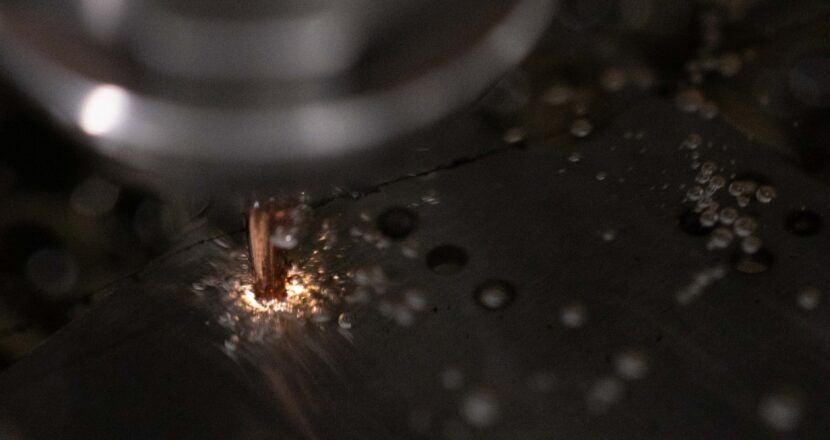
Support the development of industry by improving the
technology of electrical machining.
Precision machining, surface modification, and microfabrication of complex three-dimensional features on hard materials. In Yan laboratory, we are researching combining electrical discharge machining with other electro-mechanical processes to improve the functionality of widely used industrial materials like steel, tungsten carbide, silicon carbide, and polycrystalline diamond.
Electrical discharge machining
Precision machining, surface modification, and microfabrication of complex three-dimensional features on hard materials. In Yan laboratory, we are researching combining electrical discharge machining with other electro-mechanical processes to improve the functionality of widely used industrial materials like steel, tungsten carbide, silicon carbide, and polycrystalline diamond.
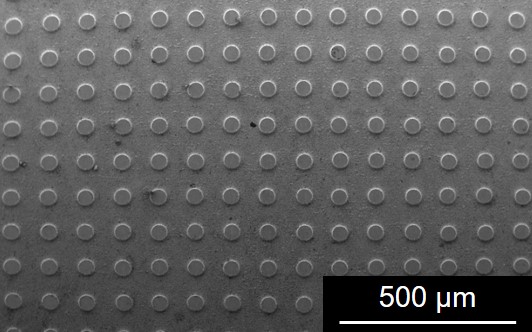
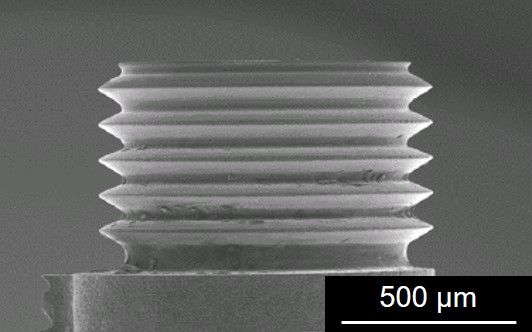
Composite machining
Electric discharge machining (EDM) is a cost-effective micro-machining process for machining complex shapes on hard brittle materials as it uses inexpensive and malleable electrode materials such as copper and brass. However, nano-order surface processing is difficult and requires post-processing methods such as polishing. Moreover, using a follow-up machining process causes tool alignment errors. In Yan laboratory, we are researching one-machine multi-processing, combining EDM with finishing processes such as grinding and electrochemical machining using the same tool, eliminating alignment errors. Using these methods, we can do precision machining with a high machining rate.
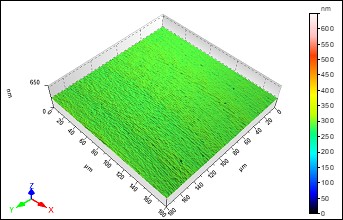
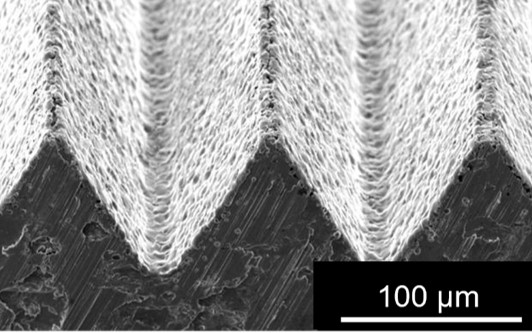
Electrical discharge coating
Surface defects such as fracture and cracks have become a problem for mechanical parts due to high temperature, high pressure, and long-term use. In Yan Laboratory, we are studying a coating technique called electrical discharge deposition. In electrical discharge machining (EDM), the tool electrode material is machined so that it does not wear away, and electrical discharge coating (EDC) aims to improve surface defects by depositing the tool electrode material on the surface of the workpiece. It also aims to add new functionality, such as wear resistance, by devising the material on the tool electrode side.
